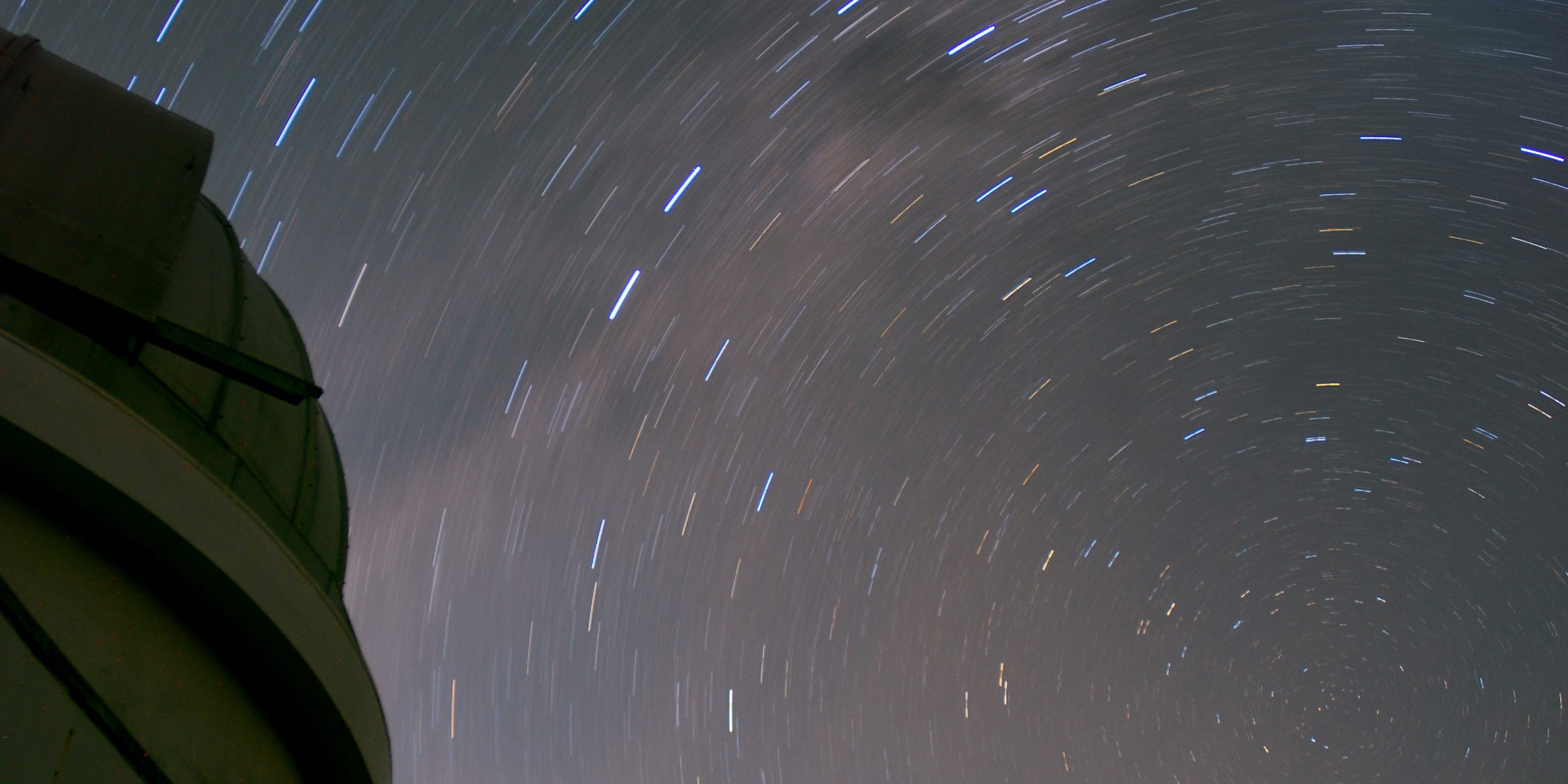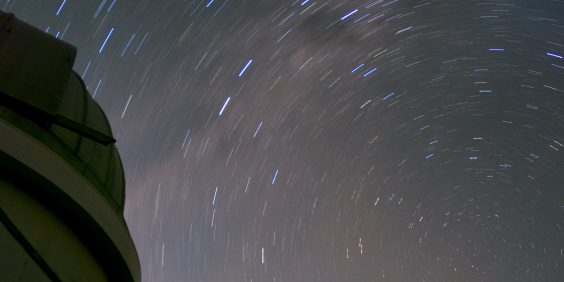A robotic and automatic observatory must be able to operate without human intervention in autonomous mode regardless of the external conditions for a period of time designated by the user. This is a very strong condition and results in certain requirements regarding the equipment used in the observatory.
Observatory Dome and Intelligent Building System
The dome serves as shelter for all of the observatory’s equipment except for the externally installed monitoring devices and sensors. It exposes the night sky by opening the clamshell structure during a cloudless night allowing the telescope to observe and protects it from external conditions whenever it’s not safe to do so.
We equip the dome with a dedicated BMS system that allows the dome to operate autonomously and provides essential security procedures that will keep the equipment in a safe environment. The HVAC system packed with sensors makes sure that the temperature and humidity are always kept within the predefined safety limits.
Astronomical Equipment
Astronomical equipment is the quintessence of an autonomous observatory. It’s up to the user to define the scope of activities that will be undertaken with a given telescope.
The telescope gathers light that is then passed through a series of instruments that modify and/or record the light. These instruments include: filter wheels, field rotators and CCD cameras and are referred to as the imaging train.
We provide counseling in choosing the right set of components that will be properly suited for a given application. The telescope and all the equipment attached to it are mounted on a two- degree of freedom robotic mount that allows the telescope to be pointed at any point of the visible sky
Environment Monitoring Equipment and Supporting Systems
To allow autonomous operation of an astronomical observatory, the environment must be carefully monitored at all times.
- Redundant weather stations provide real time information about temperature, humidity, wind speed and direction and precipitation. These parameters are deciding factors that determine if the dome can be safely open during the night.
- An additional all-sky monitoring system provides even more precise information about the distribution of cloud coverage on the sky.
- A dedicated, modular, standalone video monitoring system is used for surveillance and, when necessary, for remote VOIP and real-time supervision of the inside and outside of the dome.
- To further improve safety, we incorporate a lightning detector that senses for incoming thunderstorms that might threaten the observatory.
- Time-sensitive scientific applications can take advantage of the GPS system that provides an accurate time service.


